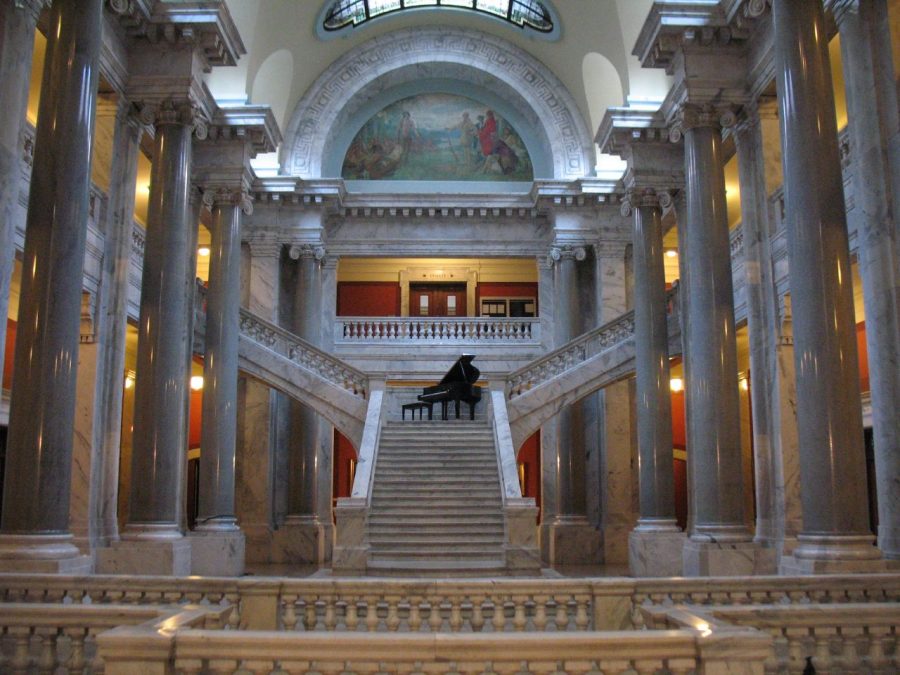Green hair? Green donuts? Green beer? St. Patrick’s day must be here. This annual holiday is celebrated in countries where the Irish diaspora has taken root around the world including America, Canada and Great Britain in honor of Ireland’s patron saint, St. Patrick. Irish and party loving Americans light up in celebration, including our hometown Louisville, Kentucky. Places like Bardstown Road light up with a big parade, candy being thrown to children and much drinking from bar to bar for the adults. A lot of these partygoers have no idea what St. Patrick’s day really celebrates.
“The modern celebration of St. Patrick’s Day really has almost nothing to do with the real man,” classics professor Philip Freeman, of Luther College in Iowa, said in 2009.
Originally St. patrick’s day was a feast for the saint of Ireland, St. Patrick. But as years have passed it has turned into a celebration for everyone in America. St. Patrick’s day was created by Irish Americans; created so they would to not lose touch with their ancestry and culture. Louisville has a big population of Irish people: just take one look down Baxter avenue and one can see a smattering of our Irish pubs.
The original St. Patrick was not even Irish: he was born in Roman Britain around 385 AD. He was kidnapped and sold into slavery before being taken to Ireland, which was then radically pagan. St. Patrick spent 6 years in Ireland, forced to tend to his master’s sheep. It is said he escaped at a suggestion of a dream and fled to France, where he converted to Christianity and became a missionary. Tradition holds that Patrick confronted the Druids at Tara and abolished their pagan rites. He then traveled Ireland converting the Irish from paganism to Christianity, making Irish Roman Catholic like most of the country is today. Myth has it that he drove the snakes out of Ireland, but there is no way that actually happened because there were no snakes in Ireland to begin with. It is a metaphor to say that he ran all of the evil out of Ireland.
After his death Patrick was named a saint, and there were celebrations for him in Ireland, such as big feasts, but the real party started happening when the Irish emigrated to America. Irish revolutionary war soldiers held the first St. Patrick’s day parades. To connect with their heritage, they made the day a big celebration with lots of parades and dyeing everything green, like the Chicago river in Chicago, Illinois.






